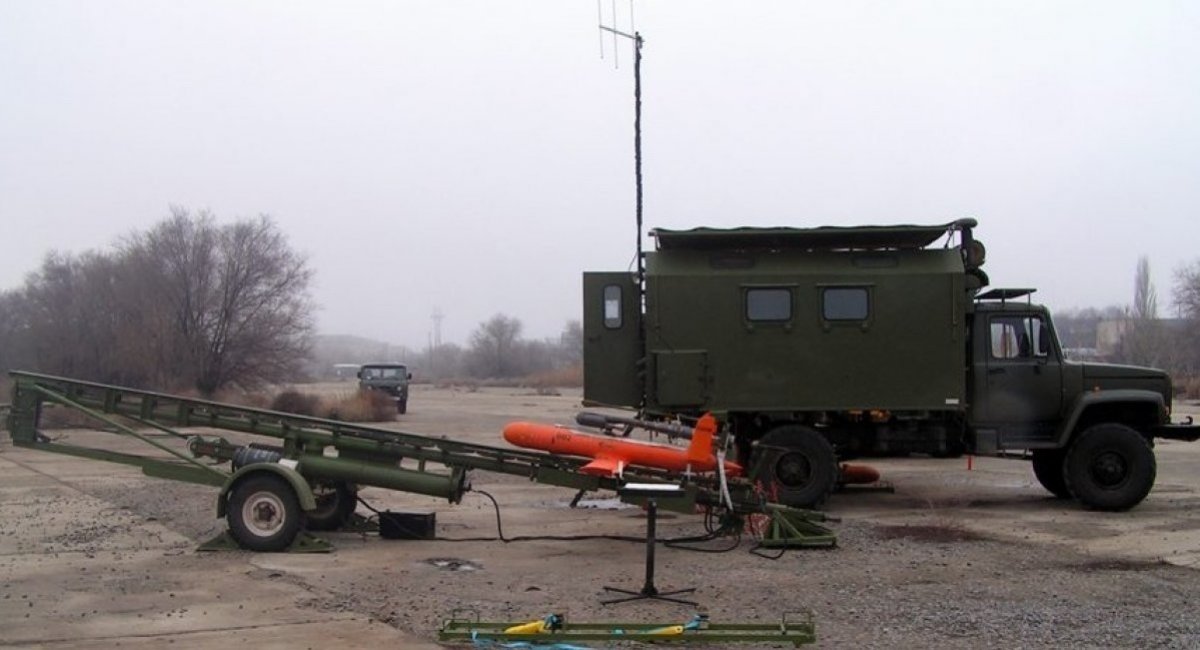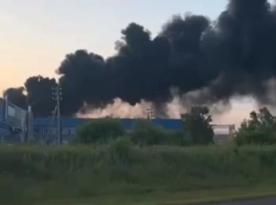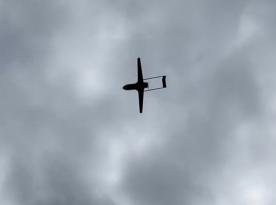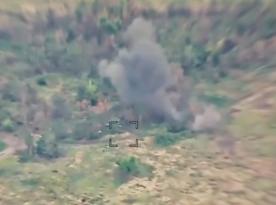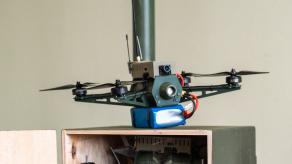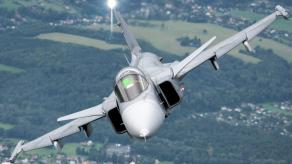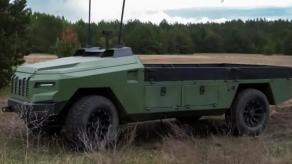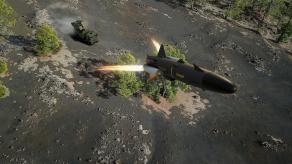Whenever russia deploys drones in combined attacks to distract Ukrainian air defenses from real threats, using the latest Gerbera decoys, for example, discussing the topic without considering the origins of russian decoy programs would leave the picture incomplete.
This article aims to fill that gap by exploring the starting point of russia's use of UAVs against Ukraine’s anti-aircraft defenses and examining the types of drones employed.
Read more: Gerbera, the New russian Foam Plastic Killer Drone, Showcased in Detail (Video)
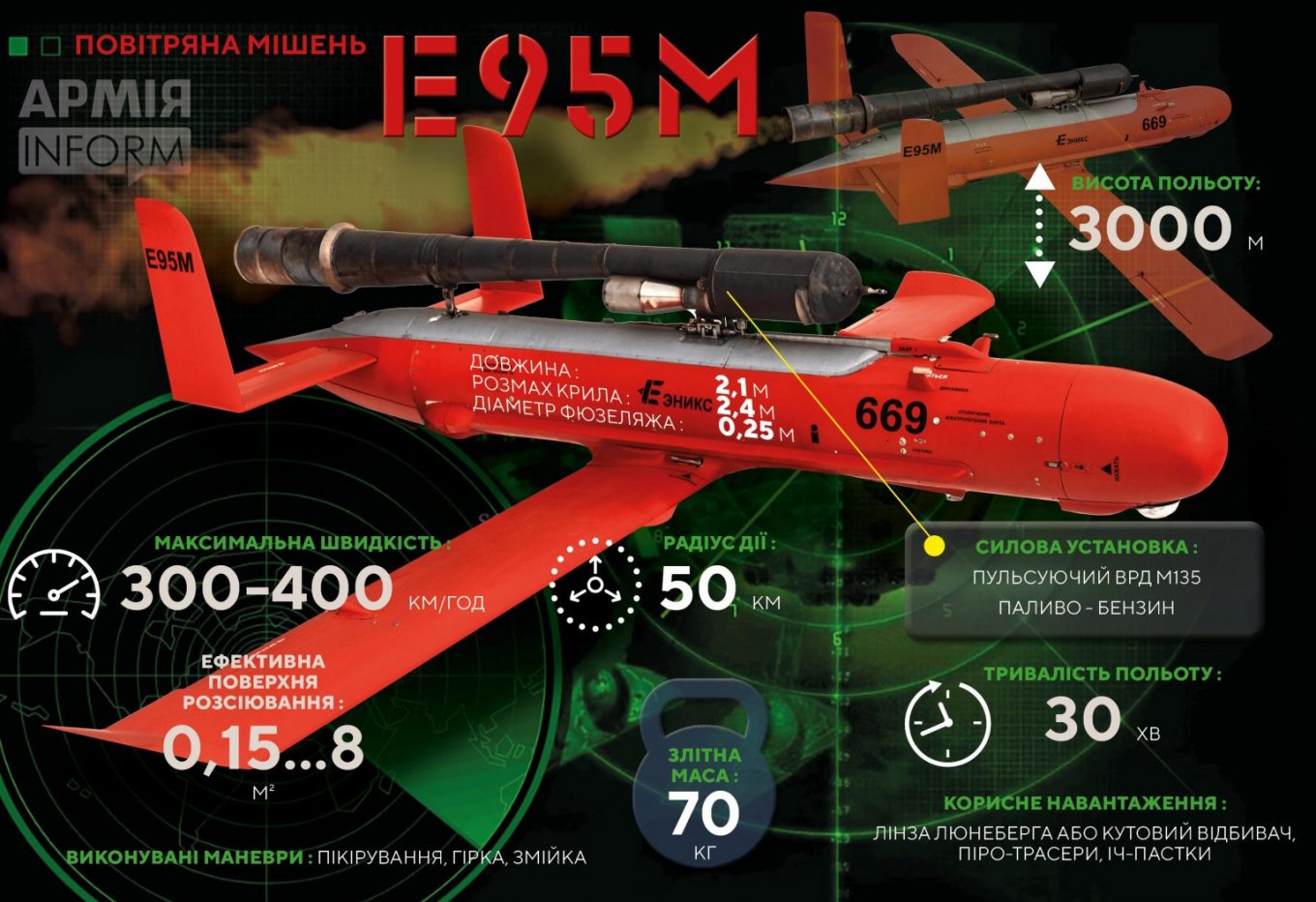
Let’s start with a retrospective. In May 2022, reports surfaced that in the early weeks of russia's full-scale invasion of Ukraine, the russian military actively used E95M "penny drones," which cost approximately $50,000 each. Originally designed as target drones, these UAVs were tried in March–May 2022 during battles near Kyiv, Donetsk, and Kharkiv, serving as bait for Ukrainian anti-aircraft missiles.
The E95M drones were mass-produced between 2012 and 2016, with 400 units delivered to the russian army. A key design feature of the E95M was its jet propulsion, utilizing a VRD M135 pulsejet engine. Some sources suggest it ran on gasoline, while others claim it used petroleum solvents (nefras) as fuel.
Yes, this russian drone employed the same type of power plant as the German V-1, developed and used during World War II. The distinctive sound of the V-1's pulse-combustion jet engine in flight can be heard in the following audio recording.
After May 2022, however, reports of E95M usage abruptly ceased. This is not entirely surprising, as despite their advantages, these "penny drones" had a significant limitation: an operational range of only 50 kilometers.
We deliberately put "penny drones" in quotation marks. The declared cost of $50,000 per unit may not accurately reflect the true cost and complexity of manufacturing these aerial vehicles. It’s plausible that this figure was rather an "administrative" price, imposed by the russian Ministry of Defense on the manufacturer.
In August 2023, reports indicated that at the Armiya-2023 forum, the russian company JSC Enics, which produced the E95M, unveiled an improved version called the E17MP. This updated model supposedly featured a greater flight range and could use standard aviation kerosene as fuel. However, the trail of the E95M and its successor projects seems to have gone cold from this point onward.
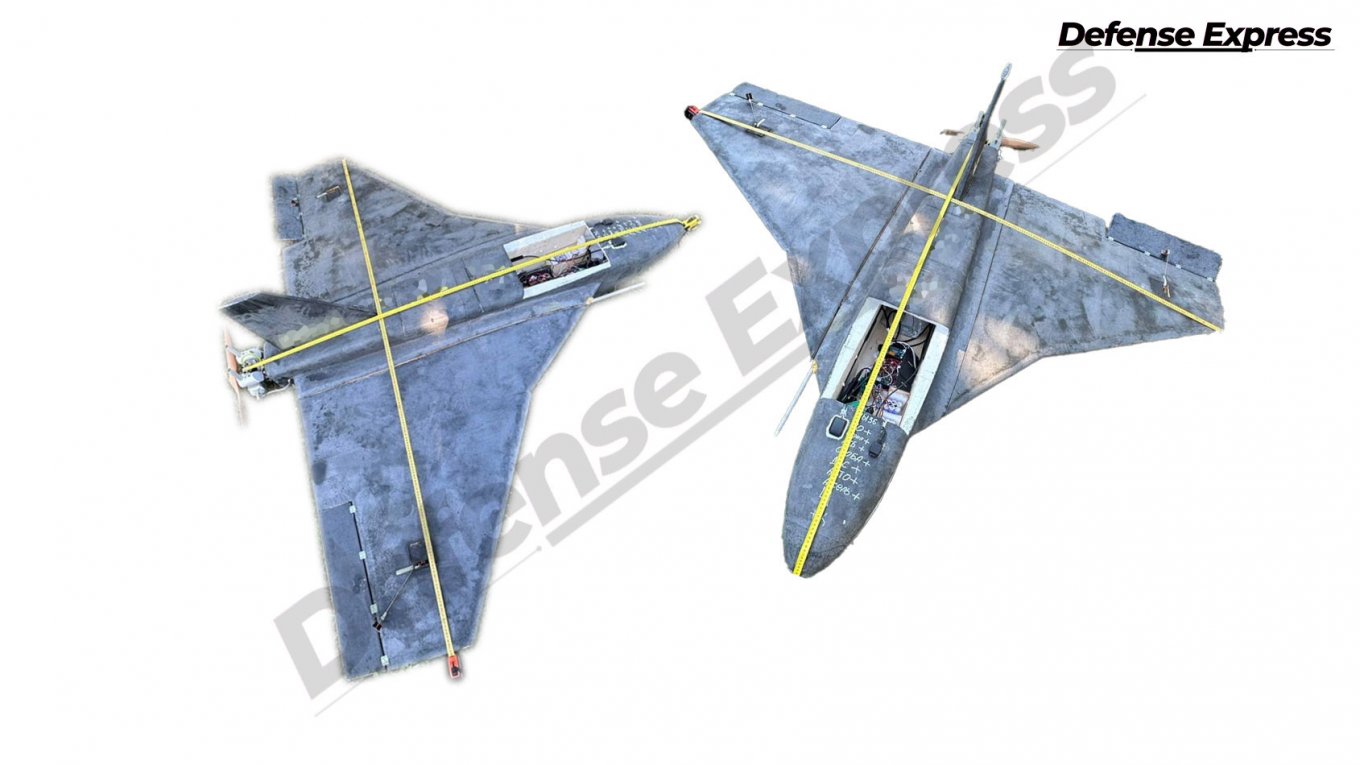
Meanwhile, in July 2024, russia's defense industry introduced a new jet drone, the Gerbera, created by the Gastello Design Bureau. Dubbed "Shahed-136's little sister," the Gerbera is designed to serve as a decoy among other roles.
In conclusion, by providing this brief retrospective, Defense Express aims to illustrate the evolution of russia’s concept of using jet UAVs against Ukrainian air defenses. Over time, russian forces have seemingly concluded that switching to piston-engine drones offers more practicality.
Read more: How Long Can Shahed Drones Circle Over Ukraine to Distract Air Defenses?



